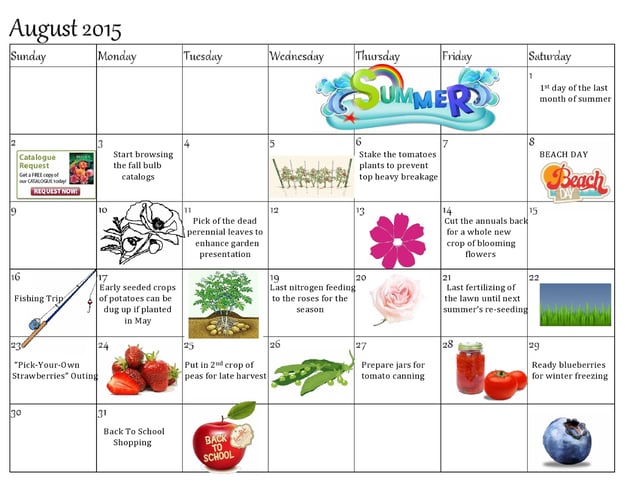Just because they’re Hollywood starlets doesn’t mean that they don’t like getting down in the dirt for some gardening fun! I bet you assumed that just because they wear fancy dresses and attend extravagant dinner parties that they don’t let their hair down once in awhile for some healthy outdoor activity? Well even the rich and famous need to have fun too, even if that means rolling their Christian Dior sleeves up and getting a little messy. Many are in disbelief as to why they would choose gardening as a hobby when there are more luxurious pastimes such as croquet, polo, sailing and hang gliding. Well, I’ll have you know that several silver screen icons depend on their backyard vegetable and fruit beds to provide them with the healthy nutrition their bodies need! They bank serious bucks on looking their best and that begins with having an A-List diet. Sure, they could outsource this responsibility to someone else but what better way to micro manage your food than to grow it yourself? Gwyneth Paltrow certainly falls within this category and has made it clear that fresh produce is a necessity, which describes in detail within her cookbook start. Here’s the buzz on some more of Hollywood’s hottest healthy foodie actors!
Gwyneth Paltrow
This actress loves her fruits and veggies but her favorite is cantaloupe! You might remember seeing the evidence of this a few months ago during her media frenzied trip to the supermarket.
Jenny McCarthy
This athletic actress loves her squash and she swears it’s a huge role in maintaining her fit and glowing body! Her top picks include zucchini and butternut squash for tasty soups and grilled recipes.
Tori Spelling
Ms Spelling is all about good food and she particularly enjoys the summer selection available during the month of August. Rhubarb seems to be her favorite this year which she uses as the major ingredient in rhubarb pie and rhubarb chutney.
Brad Pitt
I bet you didn’t know that Pitt goes bananas for bananas! That’s right! This hunky actor thrives on the yellow sweetest of the fruit but unfortunately has to cut back when training for films since they contain a lot of starch.
Channing Tatum
This cutie is in great shape for sure but lo and behold he’s not exactly a fan of veggies at all. He does consume green smoothies packed with spinach and kale plus he loves yams. Looks like his diet is definitely paying off!

